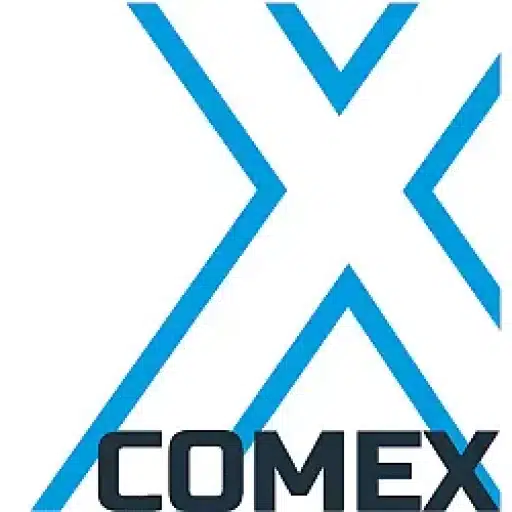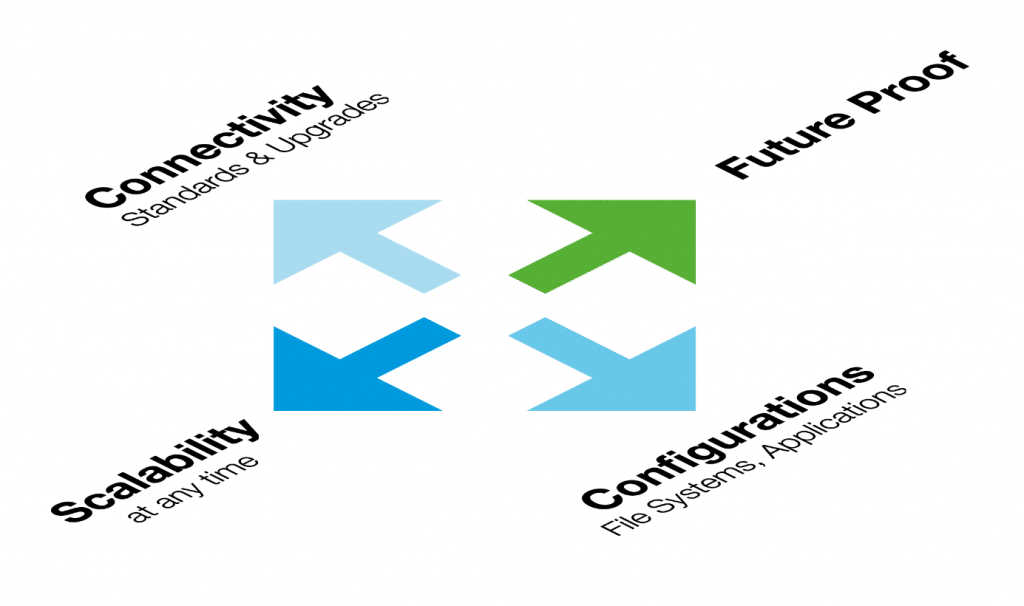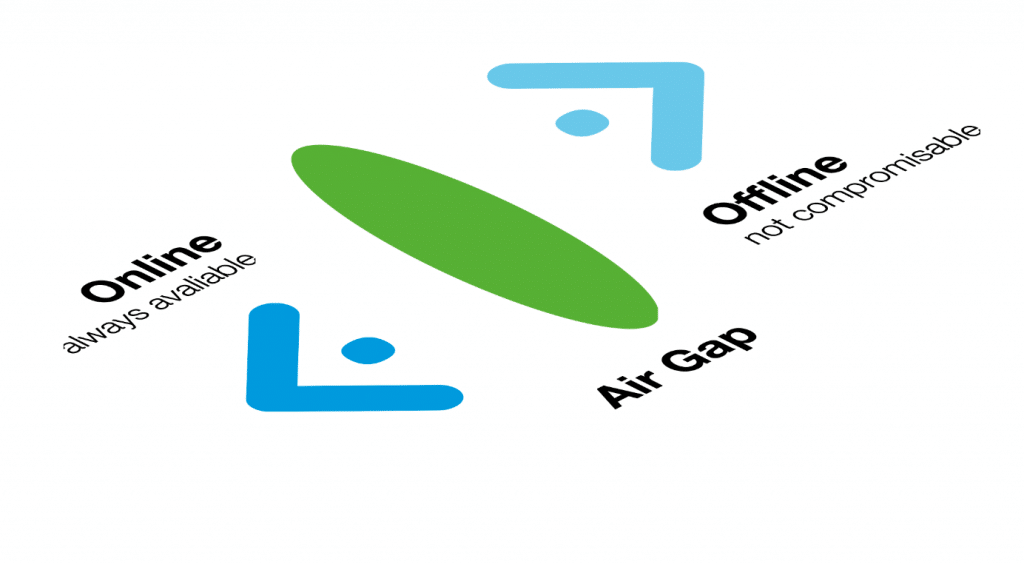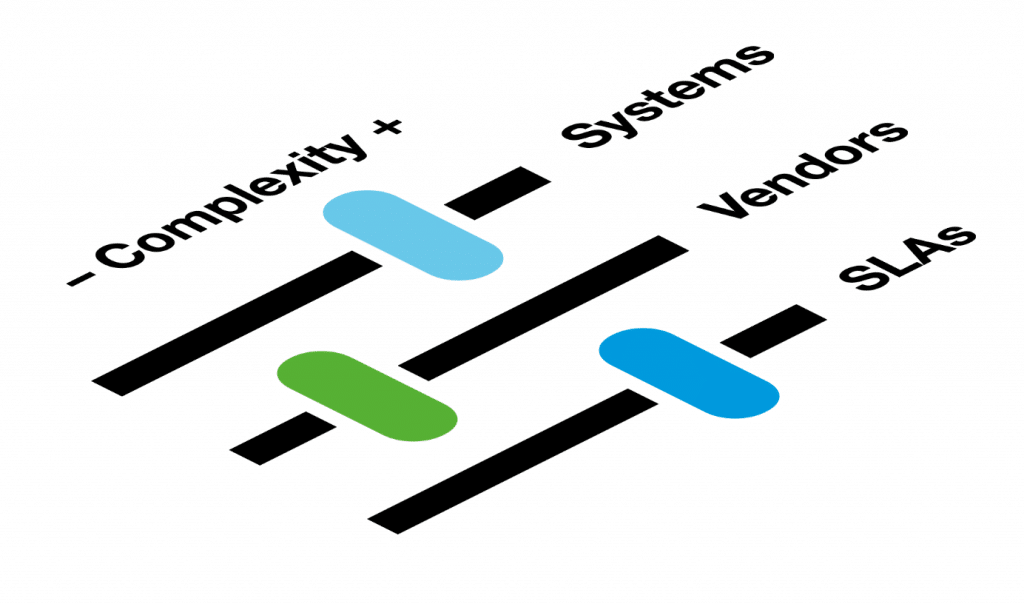+31 (0)43 30 88 400 | office@comex.eu
What should you consider when choosing a secondary storage system?
The four pillars of secondary storage.
In the world of data storage, sexy primary storage solutions often get 80% of the attention as well as the budget. But let’s face it: the hard work – 80% of total data volume – is done by secondary storage, such as backup and archive systems.
Whereas primary storage is replaced every three years on average due to technological innovations, secondary storage often has to last much longer. And rightly so – no one wants to migrate terabytes or even petabytes of data every three years.
A good choice for one (or more) secondary storage systems therefore requires a considered approach.
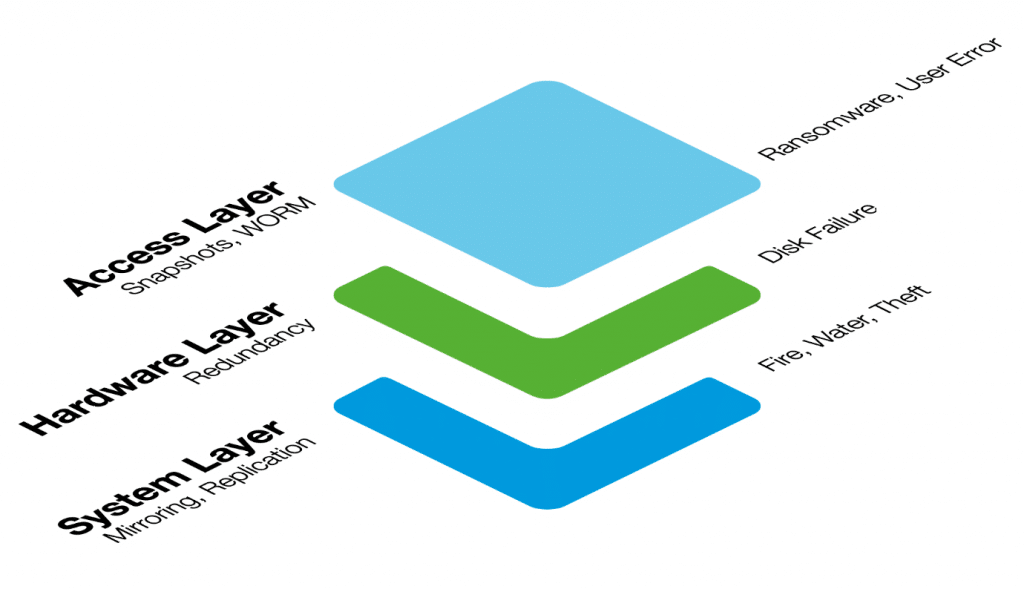
Pillar 1. data security
A good backup and archive system should not require additional backup. At the access level, data loss and manipulation is prevented through automatic snapshots, hardware WORM and protection against attacks such as ransomware. This ensures that both malicious and mistaken attempts to delete data are effectively blocked.
At the hardware level, redundancy protects against data carrier failure. Here, modern technologies such as RAIDz (triple parity) and erasure coding not only offer more security, but also a more efficient and faster rebuild of systems. This minimizes the risk of errors during a rebuild and increases system reliability.
System-level security provides protection against total failure due to calamities such as fire, water damage or theft. Here, replication to a second location is essential. Data-level replication provides additional flexibility because both sites can function as active production systems and replicate to each other.
Pillar 2. Flexibility
Secondary storage must last longer than the usual three-year investment cycle in IT. Therefore, flexibility is essential. Scalability is crucial here: storage must grow with the need, without requiring high initial investments. The system must also continue to function even if the data carriers originally used are no longer available.
In addition, configuration freedom is important. Does the system support different file systems and applications? Can new technologies such as NVMe’s be easily added? Storage must be able to be allocated flexibly and grow or shrink independently of other sections.
Connectivity must also move with future demands. Where 1 GBit Ethernet used to be sufficient, 10, 40 or even 100 GBit is increasingly needed. Flexible systems avoid costly replacements by growing with new technologies and higher speeds.
Pillar 3. Offline capabilities
While data today is available anytime, anywhere via the cloud, this permanent online access comes with risks. Secondary storage is thereby exposed to hackers and ransomware, while distributed cloud structures create uncertainties around sensitive data and regulatory compliance such as the AVG. These risks have led to a renewed interest in offline storage, with the buzzword “air gap” as a central term. Data physically separated by an air gap is immune from attack simply because access is not possible.
However, making offline copies and storing them in a vault is often cumbersome and impractical. Offline-capable storage media offer a better alternative. These solutions combine the security of offline storage with the convenience of quick and easy availability, without complex copying processes.
Pillar 4. Low complexity
Reducing complexity is a major theme in the IT sector. Fewer and fewer organizations have in-house specialists for each component. For primary storage, customization is often necessary because of specific performance requirements, but for long-term storage, simplicity is key. The more systems, contacts, configurations and user interfaces involved, the greater the likelihood of inefficiencies and errors.
Secondary storage, on the contrary, must offer simplicity through long-term stability and minimal management burden. The duration and renewability of service contracts also play a crucial role, ensuring organizations have consistency and support throughout the life of the system.
